Three retailers explain why they invested in solar power at their stores and what savings they’ve made
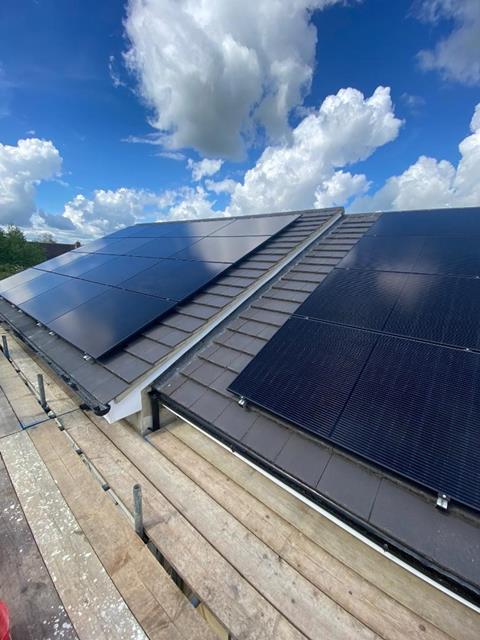
Suni Lehal, Gainfort Ltd
Three stores in Cambridgeshire
“Our energy contract at the store [Nisa Brampton in Huntingdon] ran out [during the energy crisis] and electric was coming in at £58,000 for the year, whereas it was £18,000 before. For my other two shops it was fine as their contracts weren’t due to run out until 2024/2025.
There was a guy in our village who’d been installing solar panels for quite a few years. I told him what the situation was with our electric bill and he said it would definitely make a difference. The main thing for us was the size of the system that we needed. It started off as a 15 kilowatt system, then it went to 19, and we ended up with just under 23 kilowatts, so it was about 56 panels that we got onto the roof.
“We also had to get planning permission for ours because on a commercial building you’re not allowed solar panels within one metre of the edge of the roof, which I didn’t know about, but we did apply for planning permission and we were allowed to go right to the edge of the roof or within about a foot of it.
We did some estimates on what we would be getting and for a year we probably produced about 17,000 kilowatts.
“My system was £36,000 including VAT, which is a lot of money and I can see why people don’t want to pay that. I think it’s hard to convince people to pay that sort of money, but in my mindset I had the money and I was either going to give it all away to the utility company or I was going to invest it back into the shop. I wasn’t willing to give British Gas, that much money to be honest with you.
“We got a PV system with SolarEdge. We didn’t get batteries because none of our electric would ever make it to the batteries. The shop uses about 23 kilowatts per hour and the most the solar system can produce in optimum conditions is 18 kilowatts per hour.
The store is only about 1,300 sq ft, but my dad was a builder and the way he built the shop, we had a very big pitched roof … it was perfect for a solar panel system.
“We’re working out it will take about six years to get my money back. The panels last 25 years. They don’t really need maintenance, the only thing we did extra was we put a protective system to prevent birds nesting under the solar panels.
“Another thing that people have to take into consideration is make sure their joists can handle the weight. We had to do a calculation with a structural engineer to make sure.
“I used Barry from Electrasolar PV in Alconbury. He’s been coming into my shop for years and he’s been in the [solar] business a long time. I didn’t want to really go too far afield with a company that wasn’t local. He lives about a mile from the shop and he must be in about two or three times a week. I’ve only had one issue where the app wasn’t working, but he sorted that out for me straight away.
“The system produces nearly 50 kilowatts a day on a gloomy day, which wouldn’t make a huge difference to my bill, but in the summer, it can do up to 150 kilowatts a day. In June, our bill would normally be about £4,000, and I think I only paid £2,000 last June, so it did make a big difference to us.”

Alex Kapadia, Freedom Retail Group
Morrisons Daily Whitehills in Northampton, two Bargain Booze outlets in Bedfordshire, and two Wine Rack stores in Surrey
“In the last few years, energy prices shot up. We were paying 15 pence a unit, we’re now paying 41 pence a unit and that’s at one of my sites, at the other four I’m paying 56 pence per unit, so it’s gone crazy.
“My largest store, Morrisons Daily [Whitehills in Northampton], consumes between 400 and 500 kilowatts a day, which is massive. To give you an idea, in my house, we only use 10 kilowatts a day, so I’m using 50 times as much energy and the thing about solar panels is that it’s incredibly efficient if you can use the energy that you’re generating as you generate it. So for shops, where we have high energy usage through the day with lots of refrigeration and in some shops you’ve got bakeries and ovens on and lots of lights, our energy usage is pretty much always going to be above what we can generate with solar in a large convenience store.
“And so for us, I’d seen my friend have a really good installation and I’d looked at the company that was doing it. They were very focused on business, rather than on home installations, and they were focused on not just whacking some solar panels on the roof, but actually trying to optimise the system to make it really efficient. You can maybe get 20-25% more if you’re truly optimising the way it delivers the power. With my solar panels, some of them are directed straight into our energy usage and some of them are pointed at a battery. It’s about designing your system to work for your usage and basing it on the amount that you’re using at various times of day.
“The company I found was very good at optimising the system and when we then worked out the repayment term on it, it looked like four to five years and I thought that’s really good. If you had £10,000 in the bank, do you get 20% interest on it and get your money back in five years? Well, no, you can’t. So that’s the way I look at it is if I can get a five year repayment term or even a six year repayment term, it’s way better than having cash in the bank. Even if you have to borrow the money to do it, your return is far greater than your interest.
The system I put in [in December 2022], I put in 68 solar panels, so that’s a really big system covering my entire flat roof and these are two metres by one metre, and I’ve also put in two batteries. It basically cost me about £54,000 to put in my system and it’s saving me £12,000 a year, so it would essentially pay back in about five years. I just think that’s a great way to help reduce my energy bills.
“With energy prices having gone up and panel prices having come down quite a bit as more and more people have been installing them, both of those things together made the return go from the 15 or 20 years that people have always been talking about, down to about five or six years, though it obviously depends on each individual case. I’ve got some shops where I’ve got flats above. They’re not my flats, so I can’t put them on the roofs there. But I’ve also, luckily, got three shops where it will work brilliantly, and they’ve got either large flat roofs or even pitched roofs which aren’t particularly shaded by trees or anything and the usage is high, so they’re all prime sort of sites to do it on. It’s definitely not for everybody, but for certain retailers, it can really work.
“I’ve got panels on my Morrison’s Daily, which is very high energy usage, but my Guildford and Farnham Wine Rack shops are much more standard sort of shops - about 1000 square feet each. They only have refrigeration on in the daytime, so about 100 kilowatts a day. That’s a much more typical convenience store type usage and because of that, I actually think that there’ll be certain times of the day where we will actually be able to generate more energy than we’re using. So there may be two, three or four hours, in the middle of the day where the sun is at its strongest when those stores will probably generate more than they’re actually using and we would then store that energy in batteries and use it later on in the day.
If you don’t have a high energy usage and you’re just selling it back to the grid, you get a very poor rate for selling it back … If you store it and use it yourself, it’s going to save you a lot more than giving it back to them and then buying it back off them for three or four times the price.
“Another benefit of batteries is that when I look at any given hour over the summer, there’s very few hours where I’ve generated more than I’ve used. However, within that hour, there are always times where my fridges, the motors, the condensers are working quite hard to get the the fridges down to temperature and when they get down to temperature the fridge mode just switches off and all of a sudden you’re using a lot less energy. But the sun doesn’t go in, so for those few moments, maybe 10 minutes at a time, you’re using a lot less energy than you’re able to generate where you can put it into a battery.
For some people it’s important if you’re in an area where you get a lot of power cuts, you can again have battery storage and you can basically run off grid when the power goes out.
I’m actually now working with the solar panel company to help find retail customers that might benefit from this. If anybody would like to look at this, they can contact me at Alex@futureinmotion.com”
Daniel Wilson, Wilson Retail
19 One Stop stores across Scarborough and surrounding areas
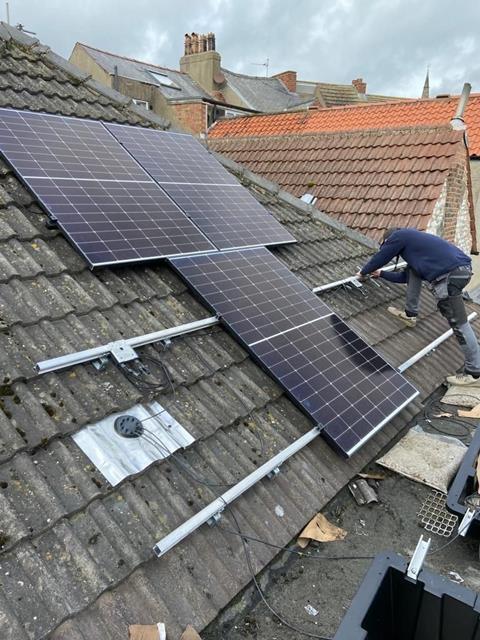
“While the energy rates were going up, we’d opened a few new stores, so some of them got quite expensive. It can actually make us potentially unprofitable, so we just looked up ways to offset that.
“We looked at two of our stores in Bridlington where we were paying a higher rate and we decided to talk to a local company [Nexus Solar Power] we use for a lot of our electrical and shopfitting work. They had just started doing solar panels, so we teamed up with them and we put solar panels in at these two stores really because their rates are quite a bit higher, so obviously we get more of a saving. About 20% of our electric is produced by the solar panels on average.
We didn’t install batteries as it’s very rare that we don’t use everything we’re generating.
“It was a £30,000 investment for both stores. I’d say [it’s a good investment] if you’ve got the cash and you can afford it, otherwise you’re going to swallow some of your savings in finance costs. I think it’s a good thing, it will make your shop more profitable and it covers you against future rises.
“We’ve done it on one building we own and one we lease. It’s good to get it confirmed if you’re leasing the premises, to notify your landlord though there isn’t any reason they should object.”








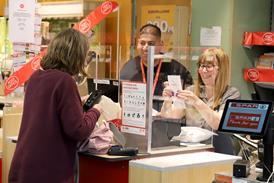

![WG-4003[58]](https://d2dyh47stel7w4.cloudfront.net/Pictures/274x183/4/5/1/353451_wg400358_6083.jpg)

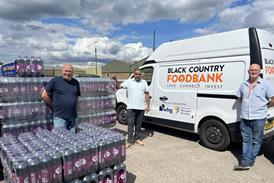




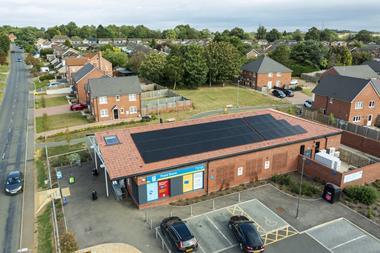
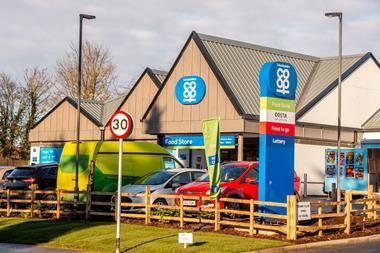
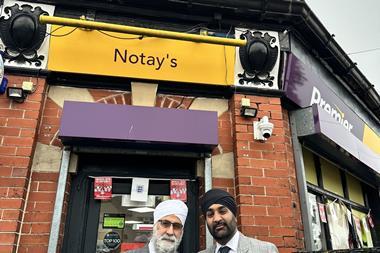

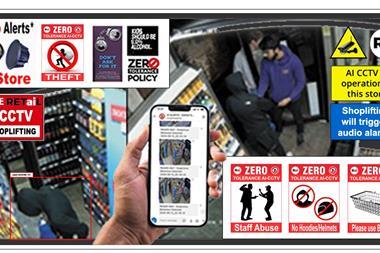

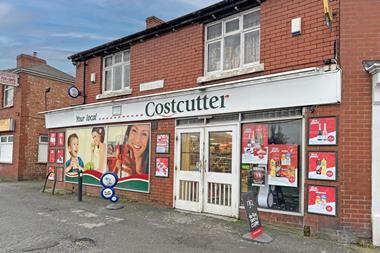
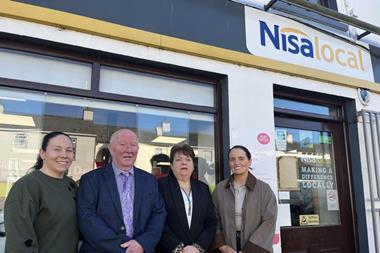



No comments yet